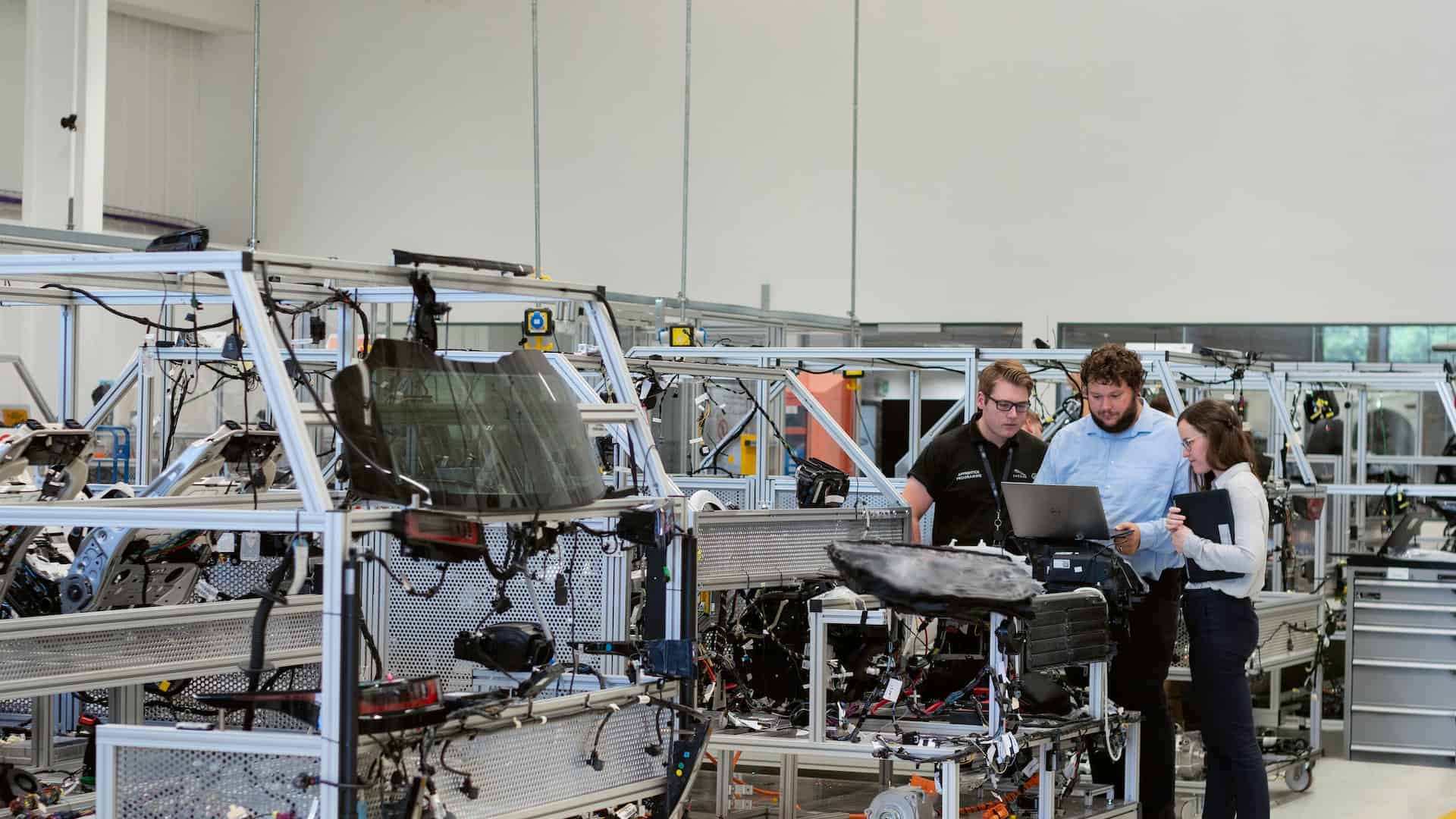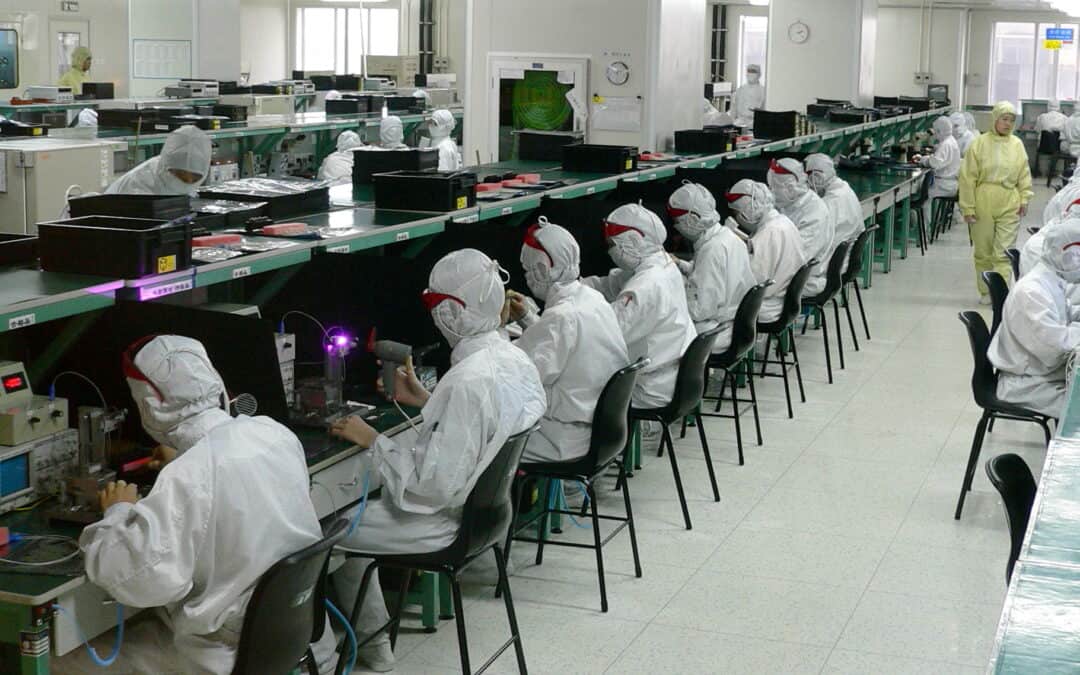Humidity control is an important consideration in many manufacturing processes, including automotive manufacturing. Proper humidity control can help prevent problems like corrosion, rust, and electrostatic discharge, as well as ensuring the quality and performance of the final product. In this article, we’ll take a closer look at the role of humidification and humidity control in automotive manufacturing.
Why is Humidity Control Important in Automotive Manufacturing?
Automotive manufacturing involves a range of materials and processes that can be affected by humidity. For example, metals like steel and aluminum can corrode or rust if they are exposed to high levels of humidity. Similarly, electrostatic discharge can occur if there is too much dryness in the air, which can damage sensitive electronic components. In addition, the final performance of the vehicle can be impacted if the humidity levels during the manufacturing process are not controlled.
How is Humidity Controlled in Automotive Manufacturing?
Humidity control in automotive manufacturing is typically achieved through the use of humidifiers and dehumidifiers. Humidifiers add moisture to the air, while dehumidifiers remove moisture. The specific type and capacity of humidifier or dehumidifier used will depend on the size and layout of the manufacturing facility, as well as the specific needs of the production process.
In addition to using humidifiers and dehumidifiers, other methods can be used to control humidity levels in automotive manufacturing. For example, ventilation and air conditioning systems can help regulate humidity levels by circulating air and removing excess moisture. The use of moisture-absorbing materials, like silica gel or activated carbon, can also help regulate humidity levels in specific areas of the manufacturing process.
What are the Benefits of Humidity Control in Automotive Manufacturing?
Proper humidity control in automotive manufacturing can offer a range of benefits. These include:
- Prevention of Corrosion and Rust: By controlling humidity levels, the risk of corrosion and rust in metals used in the manufacturing process can be reduced.
- Protection of Electronic Components: Electrostatic discharge can damage electronic components, leading to costly repairs or replacements. Humidity control can help prevent this from occurring.
- Improved Quality and Performance: Controlling humidity levels during the manufacturing process can help ensure that the final product meets quality and performance standards.
- Health and Safety: High levels of humidity can contribute to the growth of mold and bacteria, which can pose health and safety risks to workers. Proper humidity control can help prevent this.
Conclusion
Humidity control is an essential consideration in automotive manufacturing. Proper humidity control can help prevent problems like corrosion, rust, and electrostatic discharge, and ensure the quality and performance of the final product. Using humidifiers and dehumidifiers, along with other methods like ventilation and moisture-absorbing materials, can help regulate humidity levels in the manufacturing process. If you’re involved in automotive manufacturing, ensuring proper humidity control should be a top priority for your facility.




